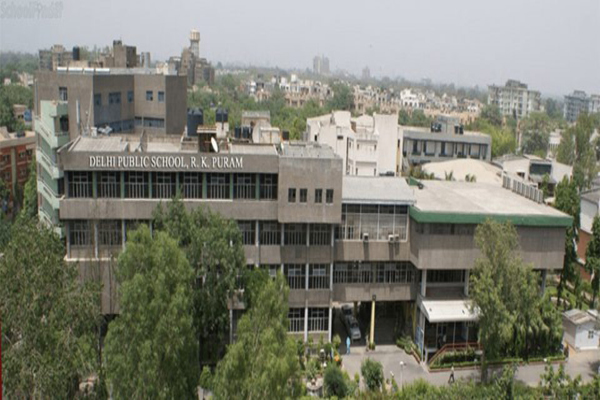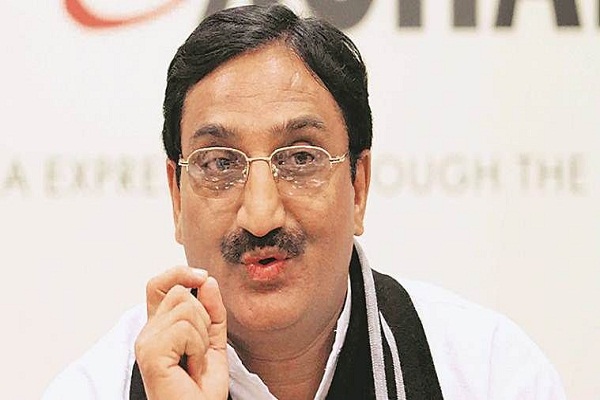WishTel has added another tablet in their product basket with the launch of WishTel IRA Capsule – a convertible tablet laptop.
The convertible redefines technology advancement and boasts to deliver superior quality graphics, smooth multi-tasking capabilities and enhanced performance. It sports features like the 10.1 inches LED multi-touch capacitive touch screen, Android 4.1 Jelly Bean, 1.6 ghz dual core processor, IGB RAM,screen resolution of 1024*786 HD, battery life of 5 – 6 hours with super powerful 8000 mAH battery, Bluetooth, 3G and Wi-Fi connectivity.
Announcing the launch of IRA Capsule, Milind Shah, CEO, WishTel, said, “At WishTel, we always aim to create a products that are not only innovative and use advanced technology, but are also affordable, deliver high performance and meet the growing demand and needs of the consumers. With the launch of IRA Capsule, WishTel only wishes to reinforce the company’s vision to bridge the technology barrier and create innovative and highly effective products. Recognising the needs of the consumers and offering them the touch mode of eject and enjoy will only enhance their comfort, of using this device for both business and personal use”.
“The first year of our foray into the tablet market has been really a great experience for the brand and we have launched some really promising products in the market. With this launch, WishTel aims to become the most sought after tablet PC manufacturing company in the country and the most preferred tablet PC brand for our consumers.We aim to maintain the momentum and introduce newer innovative products for our consumers”adds Milind Shah.
The IRA Capsule comes with metallic casing and aims to replace Laptops and enter the portable, convertible tablet PC market. It is designed with built-in Sim slot for 3G data connectivity. The device is bundled with wireless LAN and expandable Micro SD card.The device comes with a full complement of ports, including USB, SD Card, audio and HD video to simplify the use of industry standard peripheral solutions.It has a 0.3 MP CMOS Front camera, 5.0 MP rear-facing documentation camera to support image capture, video conferencing and collaboration.
IRA Capsule comes pre-loaded with many applications that include Wish Learning, Wish Studio, Wish TV, Wish News, Wish video calling, and many more apps. The tablet comes engineered with a 8000 mAh battery, which can give users browsing time of approximately five hours.
The IRA Capsule will be available from the first week of April 2013, next month and will be distributed through 350 distributors across 35 cities in the country and is likely to be made available at a price of Rs 16,000.


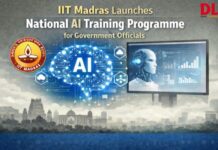






 GANDHINAGAR: The Gujarat Private Universities (Amendment) Bill might be a hope for establishment of three new private varsities in the state.
GANDHINAGAR: The Gujarat Private Universities (Amendment) Bill might be a hope for establishment of three new private varsities in the state.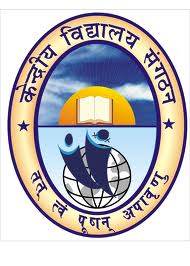
 CHENNAI: After the last hike in 2009, Kendriya Vidyalayas across India have raised their fee to more than 60 percent.
CHENNAI: After the last hike in 2009, Kendriya Vidyalayas across India have raised their fee to more than 60 percent.
 BANGALORE: Delivering a speech at the sixth National Assessment and Accreditation Council (NAAC) Award ceremony Ved Prakash, chairman of University Grants Commission (UGC) emphasised on the need to focus on inclusive, quality education to contribute to the nation’s economy.
BANGALORE: Delivering a speech at the sixth National Assessment and Accreditation Council (NAAC) Award ceremony Ved Prakash, chairman of University Grants Commission (UGC) emphasised on the need to focus on inclusive, quality education to contribute to the nation’s economy.
 NEW DELHI: In a new development with regard to the new four-year undergraduate programme of Delhi University (DU), it has come to light that the admissions to this course might be based on cut-off percentage. The marks to be considered will be the candidate’s score in Class XII and the marks obtained by the student in the choice of major discipline.
NEW DELHI: In a new development with regard to the new four-year undergraduate programme of Delhi University (DU), it has come to light that the admissions to this course might be based on cut-off percentage. The marks to be considered will be the candidate’s score in Class XII and the marks obtained by the student in the choice of major discipline.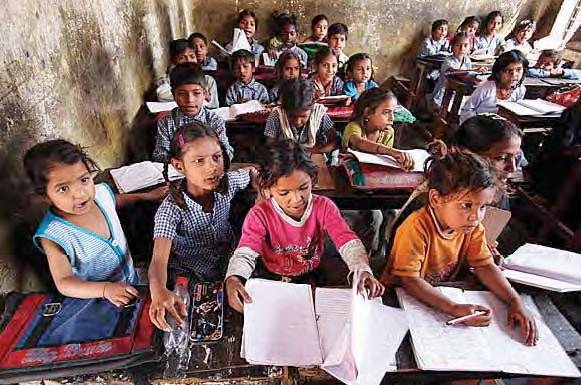
 THIRUVANANTHAPURAM: At 0.53 per cent, Kerala gets the credit of being the Indian state with lowest dropout rate of school students.
THIRUVANANTHAPURAM: At 0.53 per cent, Kerala gets the credit of being the Indian state with lowest dropout rate of school students.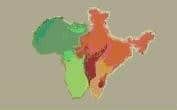
 NEW DELHI: While addressing the CII-EXIM Bank conclave on India-Africa partnership in New Delhi, commerce and industry minister Anand Sharma announced that India is working closely with Africa towards setting up of educational institutions in the continent.
NEW DELHI: While addressing the CII-EXIM Bank conclave on India-Africa partnership in New Delhi, commerce and industry minister Anand Sharma announced that India is working closely with Africa towards setting up of educational institutions in the continent.
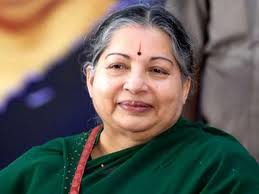
 CHENNAI: J Jayalalithaa, chief minister Tamil Nadu stated that the changes introduced by Union Public Service Commission (UPSC) in civil services exams are “highly discriminatory” and “is calculated to bias the system against civil services aspirants from non-Hindi speaking regions”.
CHENNAI: J Jayalalithaa, chief minister Tamil Nadu stated that the changes introduced by Union Public Service Commission (UPSC) in civil services exams are “highly discriminatory” and “is calculated to bias the system against civil services aspirants from non-Hindi speaking regions”.









